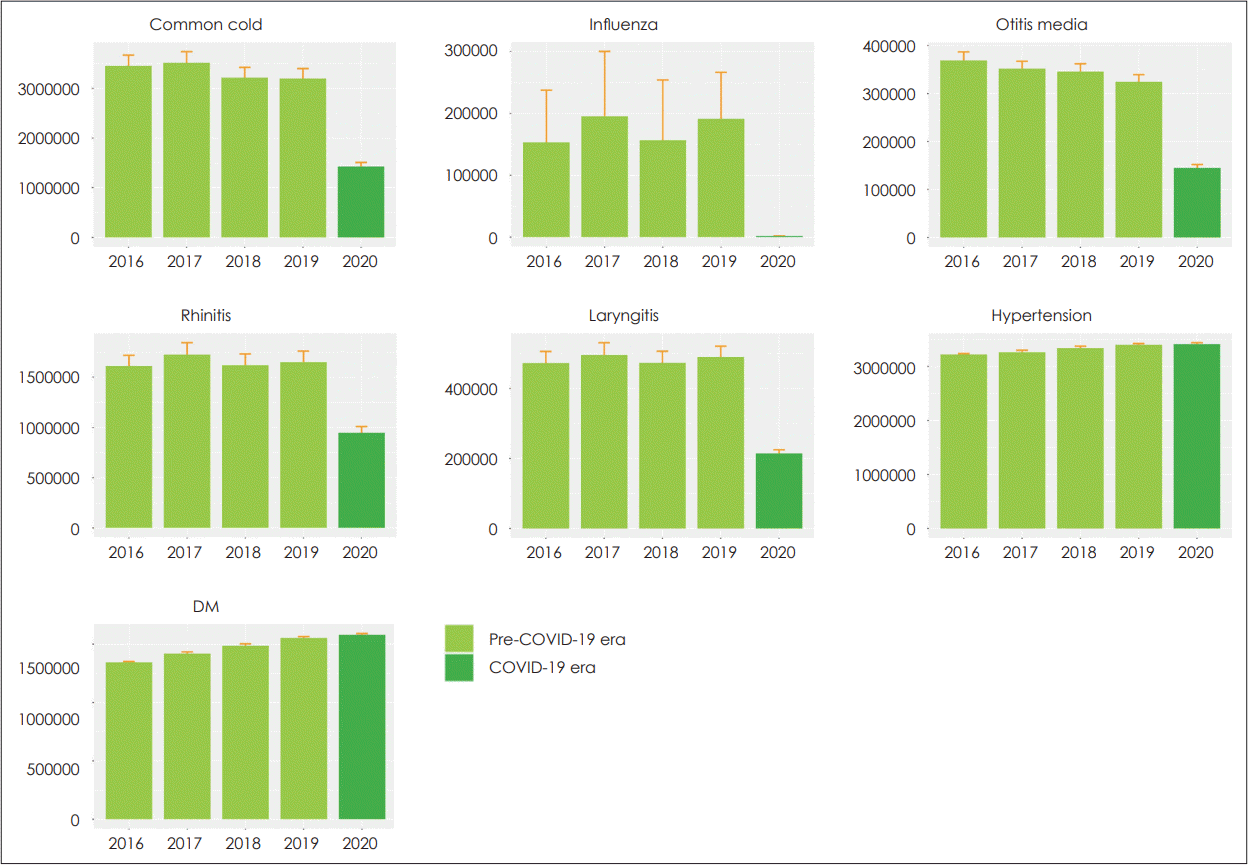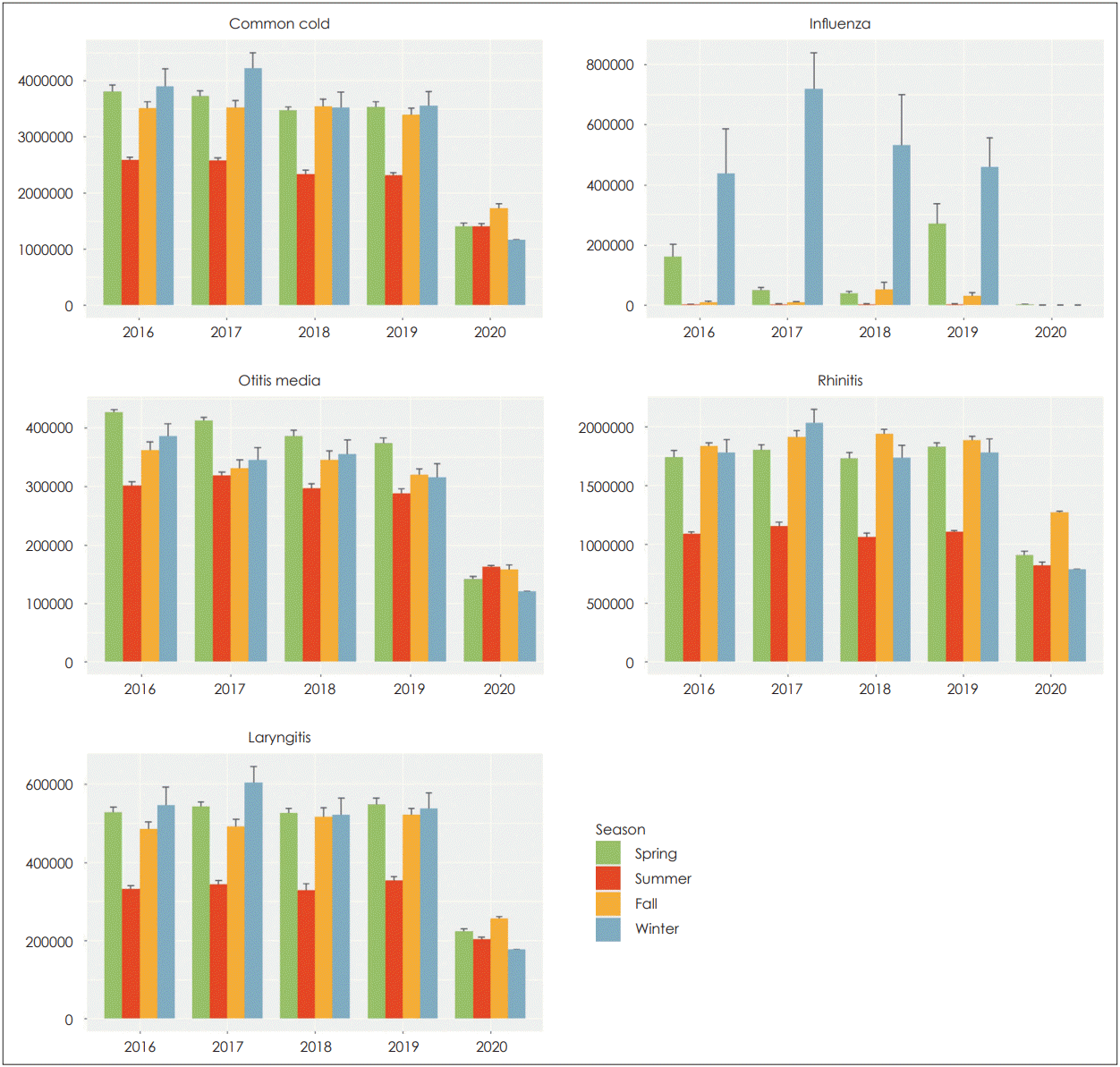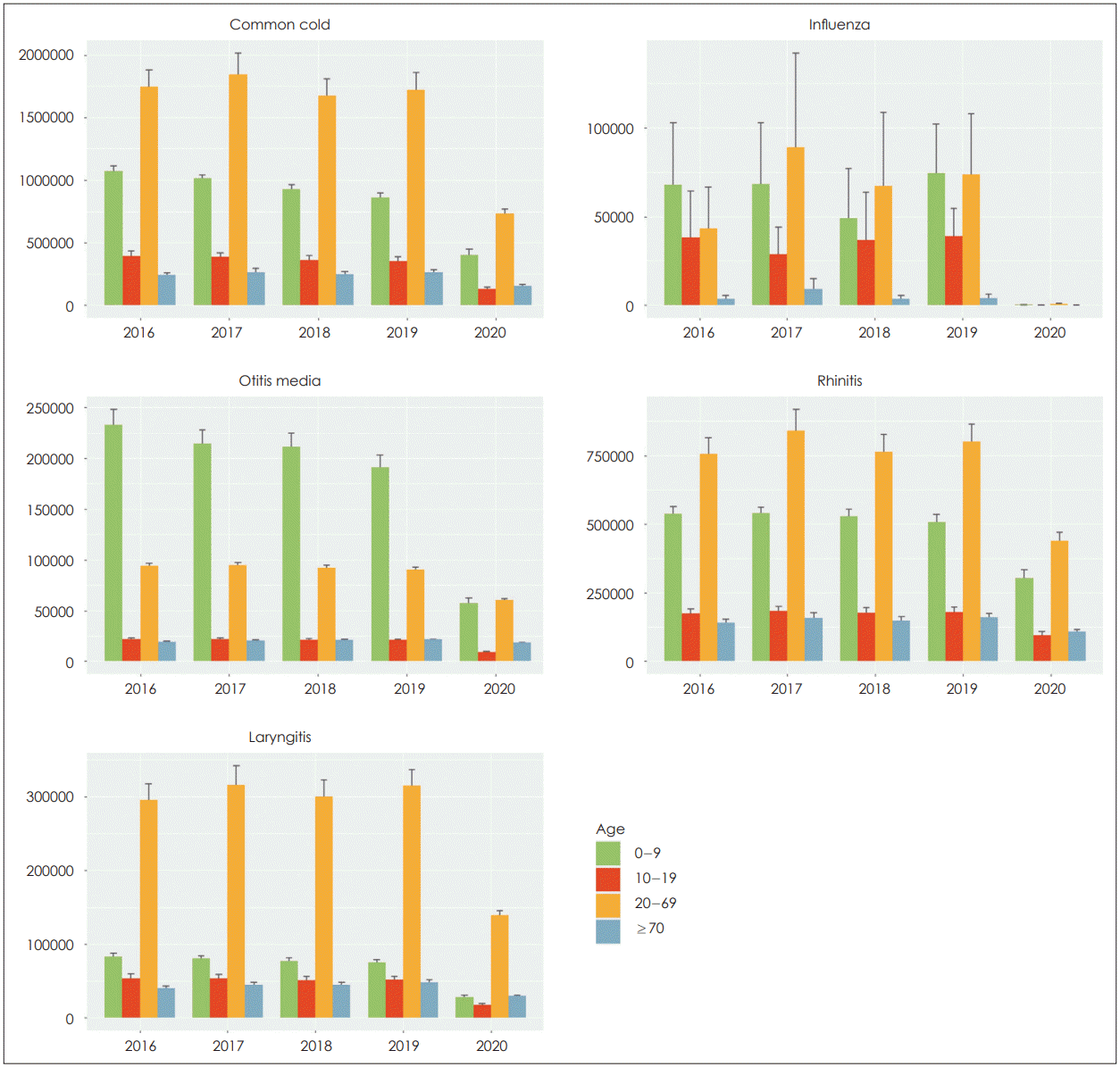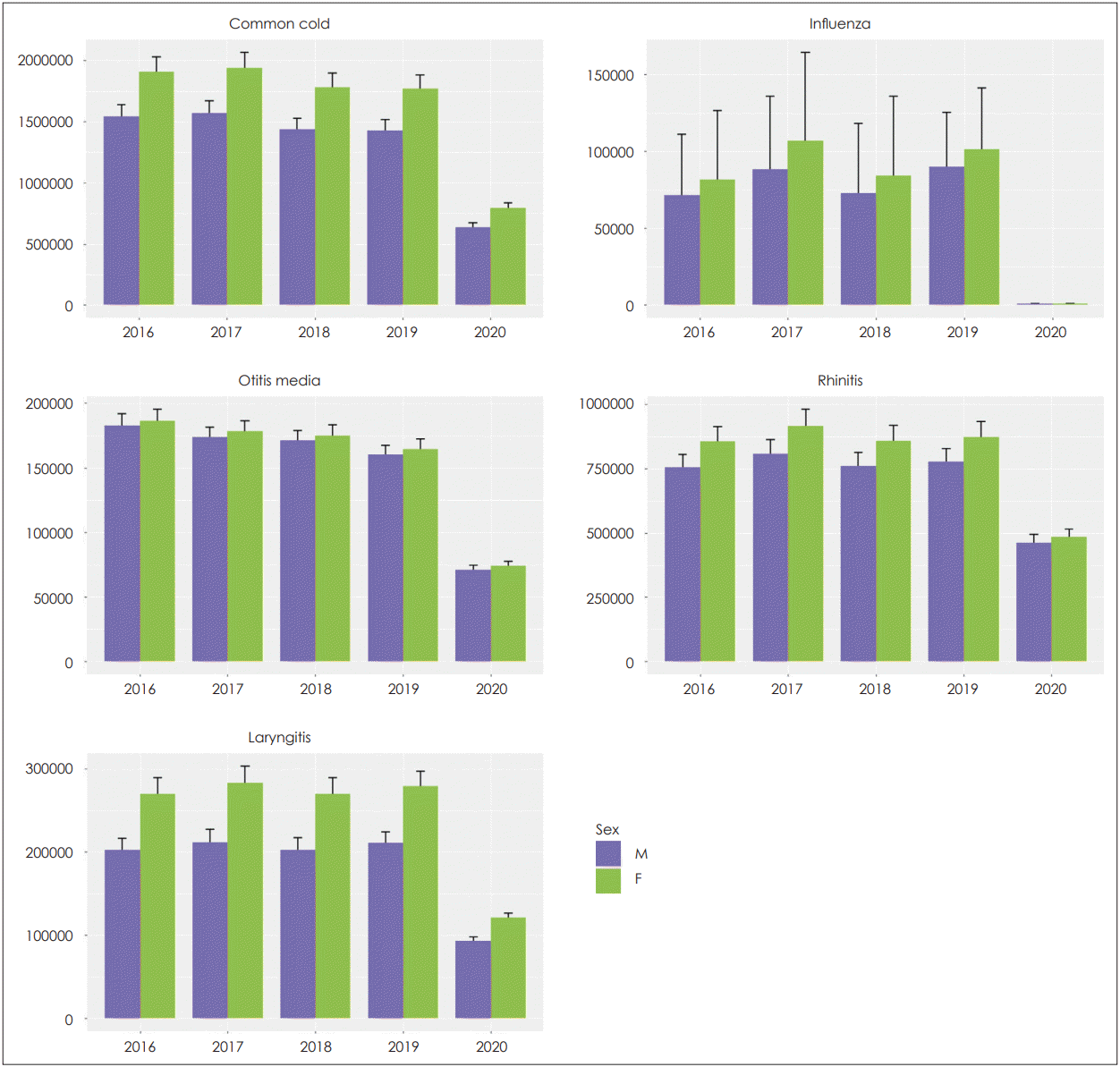1. Park S, Kim B, Lee J. Social distancing and outdoor physical activity during the COVID-19 outbreak in South Korea: Implications for physical distancing strategies. Asia Pac J Public Health. 2020; 32(6-7):360–2.
2. Caley P, Philp DJ, McCracken K. Quantifying social distancing arising from pandemic influenza. J R Soc Interface. 2008; 5(23):631–9.
3. Loeb M, McGeer A, Henry B, Ofner M, Rose D, Hlywka T, et al. SARS among critical care nurses, Toronto. Emerg Infect Dis. 2004; 10(2):251–5.
4. Suess T, Remschmidt C, Schink SB, Schweiger B, Nitsche A, Schroeder K, et al. The role of facemasks and hand hygiene in the prevention of influenza transmission in households: Results from a cluster randomised trial; Berlin, Germany, 2009-2011. BMC Infect Dis. 2012; 12:26.
5. Sung AD, Sung JAM, Thomas S, Hyslop T, Gasparetto C, Long G, et al. Universal mask usage for reduction of respiratory viral infections after stem cell transplant: A prospective trial. Clin Infect Dis. 2016; 63(8):999–1006.
6. Zhang L, Peng Z, Ou J, Zeng G, Fontaine RE, Liu M, et al. Protection by face masks against influenza A(H1N1)pdm09 virus on trans-pacific passenger aircraft, 2009. Emerg Infect Dis. 2013; 19(9):1403–10.
7. White C, Kolble R, Carlson R, Lipson N, Dolan M, Ali Y, et al. The effect of hand hygiene on illness rate among students in university residence halls. Am J Infect Control. 2003; 31(6):364–70.
8. Niffenegger JP. Proper handwashing promotes wellness in child care. J Pediatr Health Care. 1997; 11(1):26–31.
9. Chiu NC, Chi H, Tai YL, Peng CC, Tseng CY, Chen CC, et al. Impact of wearing masks, hand hygiene, and social distancing on influenza, enterovirus, and all-cause pneumonia during the coronavirus pandemic: Retrospective national epidemiological surveillance study. J Med Internet Res. 2020; 22(8):e21257.
10. Lin CF, Huang YH, Cheng CY, Wu KH, Tang KS, Chiu IM. Public health interventions for the COVID-19 pandemic reduce respiratory tract infection-related visits at pediatric emergency departments in Taiwan. Front Public Health. 2020; 8:604089.
11. Olsen SJ, Azziz-Baumgartner E, Budd AP, Brammer L, Sullivan S, Pineda RF, et al. Decreased influenza activity during the COVID-19 pandemic - United States, Australia, Chile, and South Africa, 2020. MMWR Morb Mortal Wkly Rep. 2020; 69(37):1305–9.
12. Sunagawa S, Iha Y, Kinjo T, Nakamura K, Fujita J. Disappearance of summer influenza in the Okinawa prefecture during the severe acute respiratory syndrome coronavirus 2 (SARS-CoV-2) pandemic. Respir Investig. 2021; 59(1):149–52.
13. Hatoun J, Correa ET, Donahue SMA, Vernacchio L. Social distancing for COVID-19 and diagnoses of other infectious diseases in children. Pediatrics. 2020; 146(4):e2020006460.
14. Mo JH. Association of particulate matter with ENT diseases. Clin Exp Otorhinolaryngol. 2019; 12(3):237–8.
15. Agresti A. Categorical data analysis. 3rd ed. Hoboken: Wiley;2013.
16. Tukey JW. Comparing individual means in the analysis of variance. Biometrics. 1949; 5(2):99–114.
17. Park IN, Yum HK. Stepwise strategy of social distancing in Korea. J Korean Med Sci. 2020; 35(28):e264.
18. Kim JH, Roh YH, Ahn JG, Kim MY, Huh K, Jung J, et al. Respiratory syncytial virus and influenza epidemics disappearance in Korea during the 2020-2021 season of COVID-19. Int J Infect Dis. 2021; 110:29–35.
19. Huang SZ. A new SEIR epidemic model with applications to the theory of eradication and control of diseases, and to the calculation of R0. Math Biosci. 2008; 215(1):84–104.
20. Falsey AR, Walsh EE. Respiratory syncytial virus infection in adults. Clin Microbiol Rev. 2000; 13(3):371–84.
21. Otomaru H, Kamigaki T, Tamaki R, Okamoto M, Alday PP, Tan AG, et al. Transmission of respiratory syncytial virus among children under 5 years in households of rural communities, the Philippines. Open Forum Infect Dis. 2019; 6(3):ofz045.
22. Flaxman S, Mishra S, Gandy A, Unwin HJT, Mellan TA, Coupland H, et al. Estimating the effects of non-pharmaceutical interventions on COVID-19 in Europe. Nature. 2020; 584(7820):257–61.
23. Liang M, Gao L, Cheng C, Zhou Q, Uy JP, Heiner K, et al. Efficacy of face mask in preventing respiratory virus transmission: A systematic review and meta-analysis. Travel Med Infect Dis. 2020; 36:101751.
24. Rabie T, Curtis V. Handwashing and risk of respiratory infections: A quantitative systematic review. Trop Med Int Health. 2006; 11(3):258–67.







